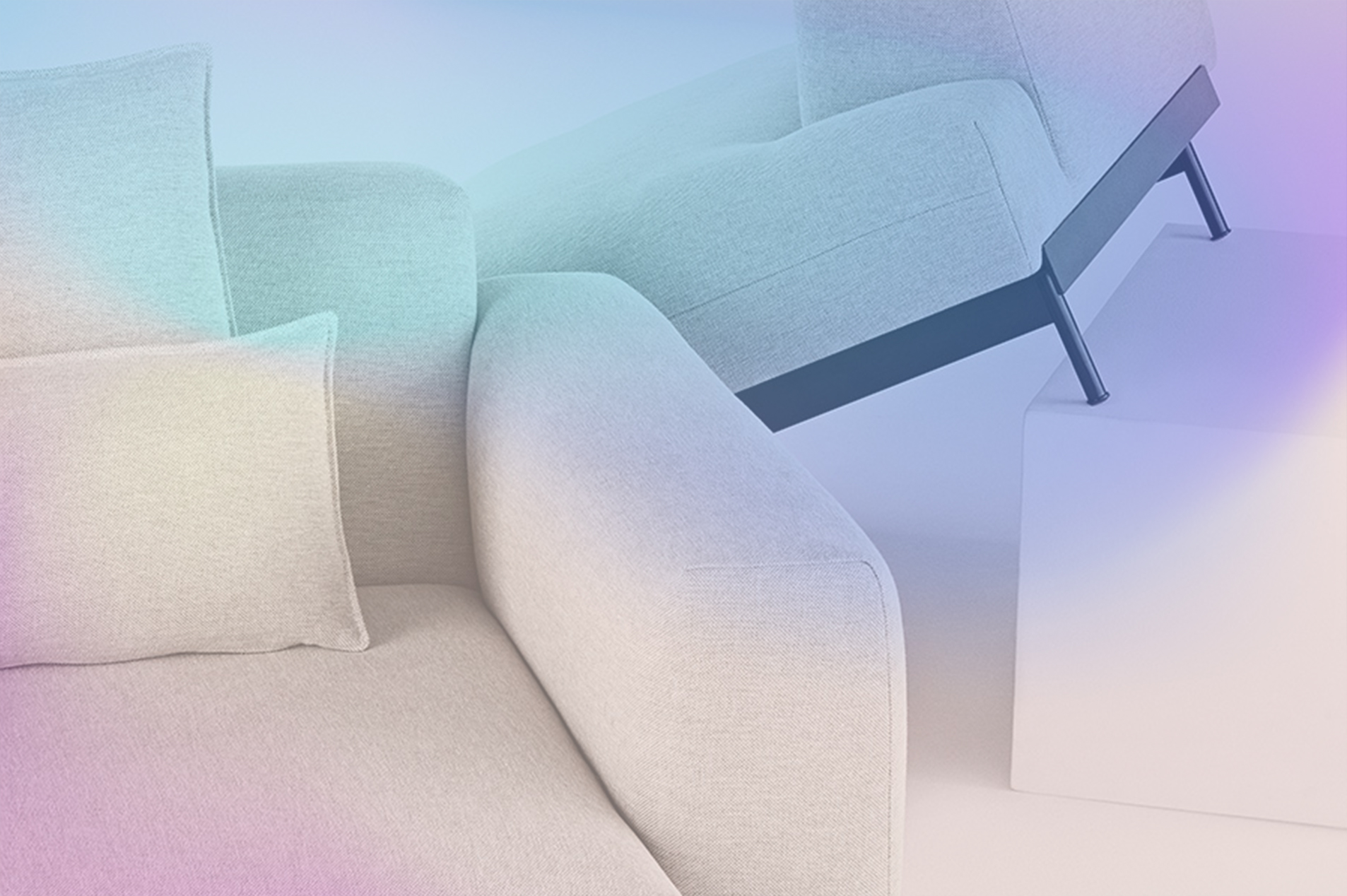Understanding this dual journey is critical for manufacturers and marketers. If you know where designers turn first — and why those touchpoints are shifting year over year — you can position your brand not just to be seen, but to be specified.
Inspiration vs. Information: Two Distinct Mindsets
The distinction between inspiration and information may seem subtle, but in practice, it reshapes how designers interact with products.
- Inspiration is about sparking ideas. Designers look for mood, precedent, aesthetic direction, or proof that a concept resonates. At this stage, they’re not looking for SKUs or lead times — they’re looking for possibility.
- Information is about validation. Once a direction is chosen, designers need technical data: dimensions, finishes, CAD files, sustainability certifications, and pricing. Without it, even the most beautiful concept can’t make it through procurement.
Brands that blur these categories risk losing relevance. A glossy Instagram feed won’t help when a specifier needs a BIM file. And a product sheet won’t inspire without context. Success means being present in both worlds.
Where Commercial Designers Start
For commercially focused architects and designers, the most striking shift this year is that manufacturer sales reps have edged out websites as the #1 source of information. That’s a first in benchmark data, and it speaks volumes about the value of human connection in an increasingly digital industry.
Inspiration Sources
- Pinterest and LinkedIn dominate as commercial designers’ inspiration platforms. Pinterest remains a visual playground, while LinkedIn provides trend reports, industry insights, and professional validation.
- Office Snapshots and similar visual libraries offer quick access to precedent projects.
- Trade publications and magazines round out the mix, signaling that print still carries weight in inspiration-heavy phases.
Information Sources
- Sales reps now hold the top spot, underscoring the importance of knowledgeable, consultative partners who can deliver answers quickly.
- Manufacturer websites remain close behind. A slow, outdated, or incomplete site can be a dealbreaker.
- Material Bank and trade shows function as secondary but growing channels for quick sampling and product discovery.
Where Residential Designers Start
Residentially focused designers follow a different rhythm. They lean heavily on tactile, in-person experiences — a reminder that the emotional side of design is just as important as the practical.
Inspiration Sources
- Instagram is the undisputed leader, providing a mix of aspirational content, peer validation, and trend discovery.
- Showrooms and design centers serve as living libraries, offering the tactile experience clients demand.
- Pinterest continues to play a role, especially for mood boarding and client presentations.
Information Sources
- Showrooms and design centers have rebounded, overtaking sales reps as the top information source. Post-pandemic, in-person engagement has reasserted itself in residential.
- Manufacturer websites are a close second, with clear product data and samples increasingly expected.
- Peer recommendations and completed projects provide social proof that influences decision-making.
Why These Shifts Matter
These year-over-year changes highlight a larger truth: designers aren’t loyal to platforms. They’re loyal to the sources that save them time, reduce risk, and inspire confidence.
- Commercial specifiers value human relationships when projects are complex and timelines are tight. Sales reps who can act as problem-solvers — not just product pushers — become indispensable.
- Residential designers prioritize tangibility and trust. Clients expect them to “see, touch, and feel” before making recommendations, which is why showrooms have regained their central role.
For manufacturers and marketers, the message is clear: the right channel isn’t static. It evolves with industry pressures, client expectations, and even cultural trends.
How Brands Should Respond
Knowing where designers go first is only useful if you align your marketing and sales strategies accordingly. Here are four ways to adapt:
1. Map Content to the Journey
Don’t force inspiration and information into the same container.
- Inspiration content should live where designers seek ideas: Instagram, Pinterest, LinkedIn, trade press. Focus on visuals, storytelling, and precedent projects.
- Information content belongs in more structured formats: websites, product sheets, Material Bank, and showroom collateral. Prioritize clarity and speed of access.
2. Elevate Sales Reps into Consultants
The resurgence of sales reps as top information sources means training is critical. Reps need to be:
- Product experts who can speak confidently about technical details.
- Storytellers who connect products to larger design narratives.
- Digital-savvy partners who can quickly provide BIM models, pricing, or samples on demand.
3. Invest in Showroom Experiences
For residential brands, the showroom is no longer optional. It’s the crucible where inspiration meets information. Successful showrooms don’t just display products — they curate experiences that help designers translate ideas into actionable specifications.
4. Optimize Digital Tools for Speed
Even with human and in-person touchpoints gaining ground, digital remains the connective tissue. Designers expect:
- Fast-loading, mobile-friendly websites.
- Downloadable CAD/BIM files.
- High-resolution imagery and finish options.
- Transparent lead times and sustainability information.
Inspiration and Information as a Feedback Loop
It’s tempting to think of inspiration and information as sequential stages: first designers get inspired, then they gather details. But in practice, it’s more cyclical.
- A designer might discover a product on Instagram (inspiration), then jump to the website for dimensions (information).
- Later, they might revisit the showroom to test comfort (information) and leave with new styling ideas (inspiration).
The brands that win are those that don’t just appear once in this loop — they create continuity across every touchpoint.
Beyond Platforms: The Role of Trust
Ultimately, the choice of where designers go first reflects a deeper need: trust. Designers want to know that when they specify a product, it will perform, arrive on time, and delight the client. Platforms are just the surface layer. Trust is the foundation beneath them.
That’s why the line between inspiration and information isn’t just about where designers look. It’s about who they believe. Whether it’s a sales rep answering a question, a website delivering accurate data, or a showroom team guiding a client, the brand’s credibility is what turns a spark of interest into a final specification.





